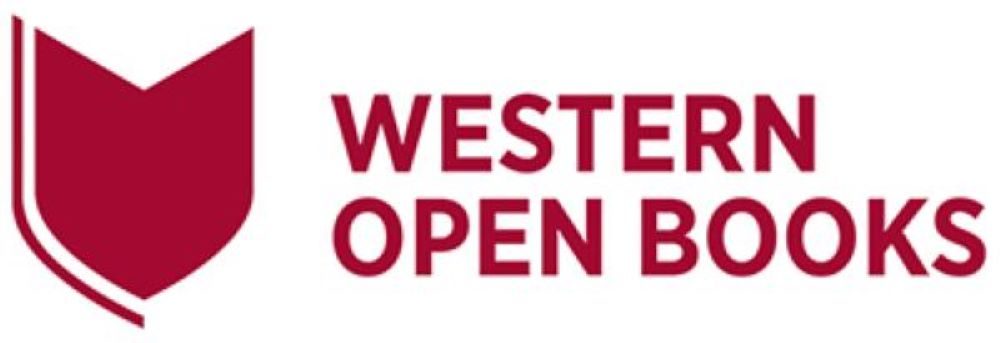1 About open textbooks
Open textbooks are a key component of the broader open education movement. They are freely accessible, openly licensed educational materials that can be used, adapted, and shared to support teaching and learning without the cost barriers of traditional publishing.
What are open textbooks?
Open textbooks are:
-
Freely available online for anyone to use
-
Openly licensed (typically with Creative Commons (CC) licences), allowing educators to revise, remix, and redistribute content
-
Often peer-reviewed or developed through academic collaboration, ensuring high standards of quality
These textbooks can be digital or printed, and they often include assessment instruments (e.g., Socratic questions, multiple-choice questions) and supplementary materials, such as slide decks, quizzes, or multimedia content (e.g., H5P).
Why use open textbooks?
Open textbooks empower educators and students by offering:
-
Affordability: Students save significantly on textbook costs
-
Flexibility: Instructors can customise content to suit their course
-
Access: Resources are available anytime, anywhere
-
Equity: Ensures all learners have the same access from day one
Licensing and reuse
Most open textbooks use Creative Commons (CC) licences, which define how the material can be used:
-
Some allow complete modification and commercial use
-
Others may restrict use to non-commercial or require attribution and sharing under the same licence
Understanding these licences is key to responsibly using and creating open content.
Where to find open textbooks
There are many open repositories and platforms where you can find existing open textbooks to adapt or draw inspiration from:
Use the Open Educational Resources (OER) libguide to search for OER and open textbook content by school or by type.
Your School Librarian can also help you locate subject-specific open educational resources (OER) and ensure they align with licensing best practices.
How do open textbooks fit into open scholarship?
Using or creating an open textbook contributes to open scholarship—a growing global movement aimed at making research, teaching, and learning more accessible, inclusive, and collaborative.
By contributing your open textbook through Western Open Books, you’re participating in this movement and expanding access to knowledge both within and beyond the university.
Why create open textbooks?
Creating open textbooks in alignment with Western Sydney University’s values offers our students a distinctive and inclusive learning experience. By making these resources freely available to learners worldwide, we not only reduce barriers to education but also strengthen Western Sydney University’s reputation as a globally engaged and socially responsible institution.
Use the following resources to deepen your understanding of open textbooks:
What makes open textbooks different from traditional textbooks?
Traditional textbooks are typically published under restrictive copyright, meaning they cannot be freely shared, reused, or adapted. They are often expensive—sometimes costing hundreds of dollars—and new editions are released frequently, which can quickly render older versions obsolete. Even digital editions or e-textbooks from commercial publishers, while sometimes more affordable, are usually protected by digital rights management (DRM) software. This means students often lose access after a short period (typically four to six months) and cannot retain the book for future reference or resell it.
In contrast, open textbooks are published under open licences that permit unrestricted use, adaptation, and redistribution. Academic staff can tailor open textbooks to better align with their course content, using only the chapters or sections relevant to their teaching. This flexibility enhances the learning experience by making materials more pedagogically appropriate for specific contexts.
When an open textbook is adopted as assigned reading, students can access the digital edition for free—either online or by downloading it to their device. If preferred, they can also purchase a low-cost print version through print-on-demand services, ensuring affordability without sacrificing accessibility or ownership.
Video: Why use open textbooks? Benefits for students from BCcampus on Vimeo.
Education is More Than a Textbook
Education extends far beyond the textbooks used in the classroom. The quality of instruction, the broader post-secondary experience, and the overall learning environment all play a vital role in shaping educational outcomes. Universities and other post-secondary institutions do not compete on the content of their textbooks or individual course materials—instead, they distinguish themselves by offering unique and meaningful educational experiences.
Open textbooks support this distinction by enabling the adaptation and personalisation of content to suit specific learning contexts and student needs, helping institutions deliver a truly tailored and impactful educational experience.
Source: Adapted from “Open Textbook FAQ,” BCcampus Open Textbook Project, CC BY 4.0

